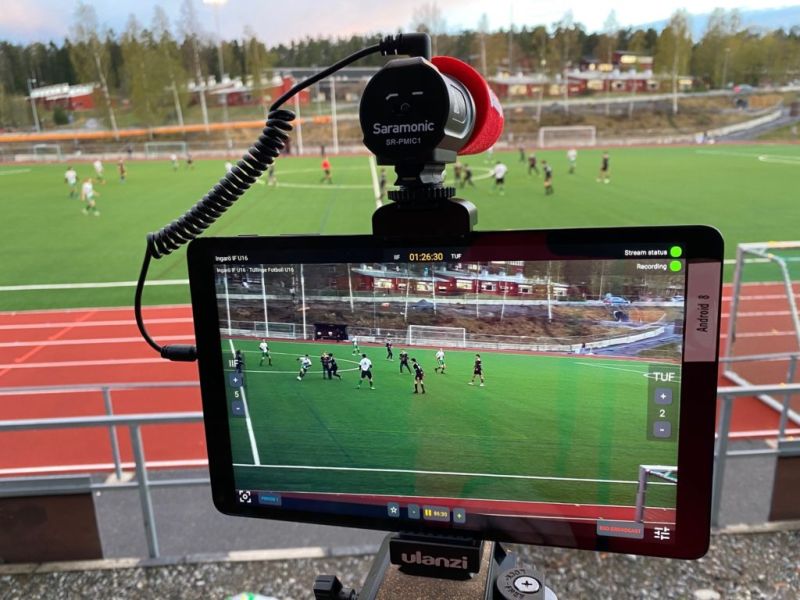
Soccer Broadcasting and Disability Rights: Promoting Accessibility and Inclusion in Sports Media
Soccer is one of the most popular sports in the world, with an estimated 4 billion fans and viewers globally. Its universal appeal crosses all barriers, including nationality, race, gender, and age. However, despite its massive following and inclusivity on the field, soccer has faced challenges when it comes to accessibility and inclusion in sports broadcasting.
In recent years, there has been increasing recognition of the need for accessible media coverage for people with disabilities. This includes both physical accessibility (such as wheelchair ramps at stadiums) and audio-visual accessibility (such as closed captioning for deaf or hard-of-hearing individuals). The lack of attention to these needs in sports broadcasting prevents many people from fully participating in and enjoying sporting events.
Fortunately, there have been efforts to promote disability rights and accessibility in soccer broadcasting. In 2013, FIFA launched a program called “Football for All” which aimed to use soccer as a platform to promote social integration among communities worldwide. One aspect of this initiative is ensuring that all football events are accessible to people with disabilities. This includes providing sign language interpreters during broadcasts for deaf viewers.
The British Broadcasting Corporation (BBC) is also taking steps towards greater inclusivity by developing assistive technology such as 축구중계 audio description services on their digital platforms for visually impaired viewers. The network also provides subtitles on their online live streams so that deaf or hard-of-hearing individuals can follow games without missing out on any commentary or analysis.
However, despite these efforts by organizations like FIFA and the BBC, there is still much work to be done in promoting disability rights in soccer broadcasting. In many parts of the world – especially developing countries – technological advancements have not yet reached rural areas where live sports events take place. As a result, many disabled individuals from these regions are unable to access live games due to a lack of necessary accommodations.